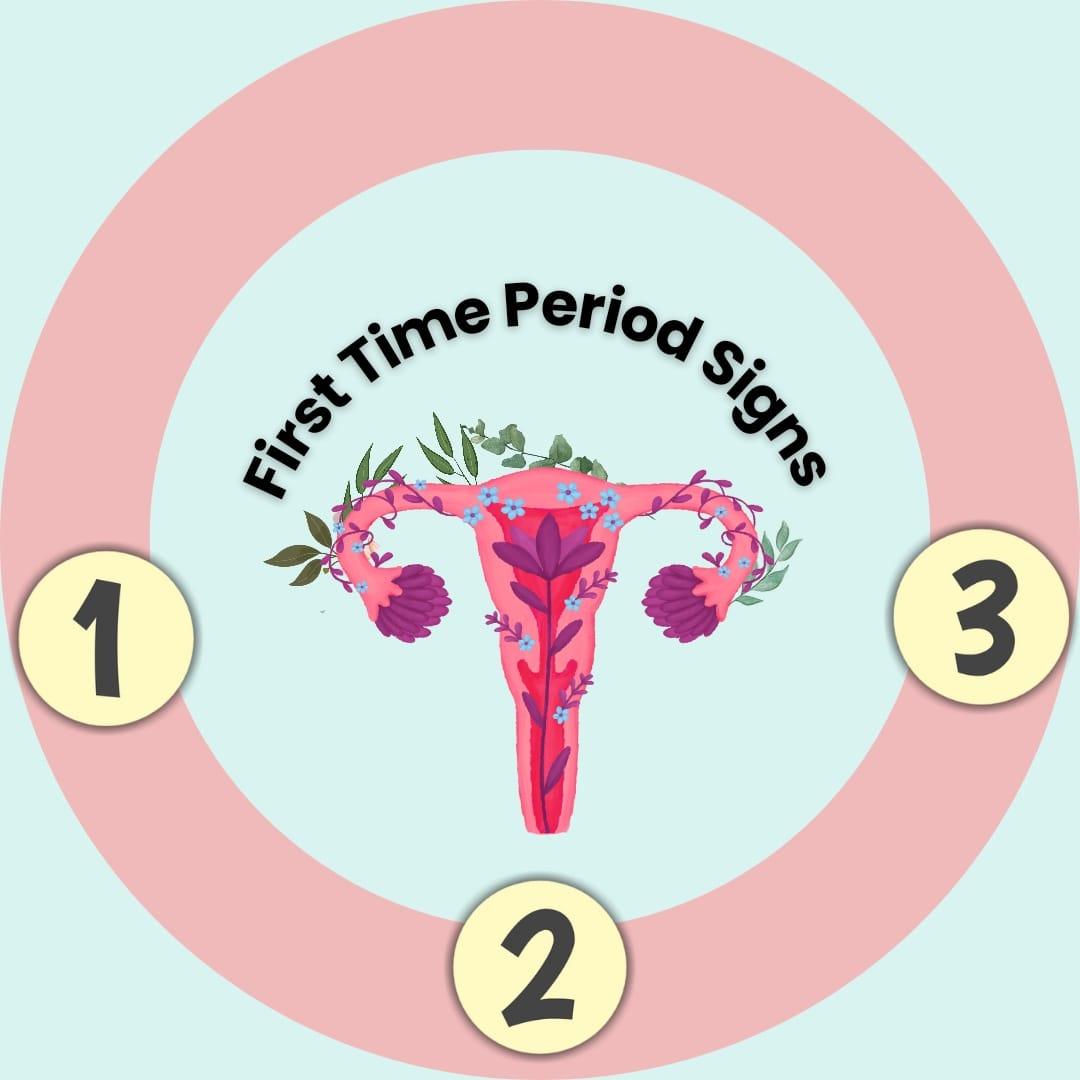Menstruation is a normal and important part of a girl’s life, indicating the start of reproductive maturity. The early symptoms of your period enable you to be ready for this new stage, in order to deal with it with confidence and attention. This is a comprehensive resource on what to expect and how to get ready for your first period, including the necessary products such as sanitary pads and even maternity pads for heavier flow days.
Recognizing the Signs of Your First Period
1. Bodily Changes:
Most girls see physical changes before they get their first period. This may involve breast development, pubic hair growth, and a whitish or yellowish vaginal discharge a couple of months before the period sets in. These are the signs of your body’s preparation for menstruation.
2. Cramping and Soreness:
Most girls feel abdominal cramps or pain in the lower back or legs as the first period is about to start. These cramps are sometimes mild and sometimes quite severe and are due to the uterus contracting to get rid of its lining.
3. Mood Fluctuations:
Hormonal changes also affect mood. Emotional or irritable outbursts may precede your first menstruation. These mood swings are perfectly normal and are part of the changes that your body is experiencing.
Choosing the Right Sanitary Products
1. Sanitary Napkins:
Pads, or sanitary napkins, are one of the most available and convenient products to be used during menstruation, especially for young girls. They are available in different sizes, absorbencies, and styles that are suitable for different body shapes and flow levels. Set a standard size for your first period and modify as you get acquainted with your flow.
2. Maternity Pads for Heavy Flow Days:
Although it may not sound ordinary, maternity pads can be helpful to girls who have very heavy flow during their first periods. The pads are usually thicker and more absorbent, giving additional comfort and protection to avoid leaks and stains.
3. Experimenting with Products:
Each girl’s needs and preferences are different, so you need to try different types of sanitary products to see what suits you best. It is all about comfort and security, thin liners, regular pads, or even maternity pads for those heavier days.
Hygiene and Comfort During Your Period
1. Regular Changing of Pads:
Replace your pad every 4-6 hours to ensure hygiene and comfort. Women who use a maternity pad because of heavy flow may have to change it more often in order to avoid any infection.
2. Personal Hygiene:
To keep clean during your menstruation, wash your hands before and after changing your pad. It is also advisable to clean the genital area with mild soap and water, at least, twice a day to maintain its cleanliness and free from smells.
3. Disposal of Used Sanitary Products:
Sanitary products should be disposed of properly. Wrap used sanitary napkins or maternity pads in toilet paper and put them in a garbage can. Do not ever throw them in the toilet because they may block.
Managing Discomfort
1. Managing Cramps:
Non-prescription painkillers can be used to control menstrual cramps. Besides, a warm heating pad on your abdomen or a warm bath may also help in cramps.
2. Diet and Hydration:
Proper nutrition with iron and vitamin supplements as well as enough hydration can decrease some of the period symptoms like fatigue and headache.
3. Adequate Rest:
It is important to have enough rest when you are having your period since your body is undergoing many changes. Ensure you have enough sleep and rest when you feel like it.



